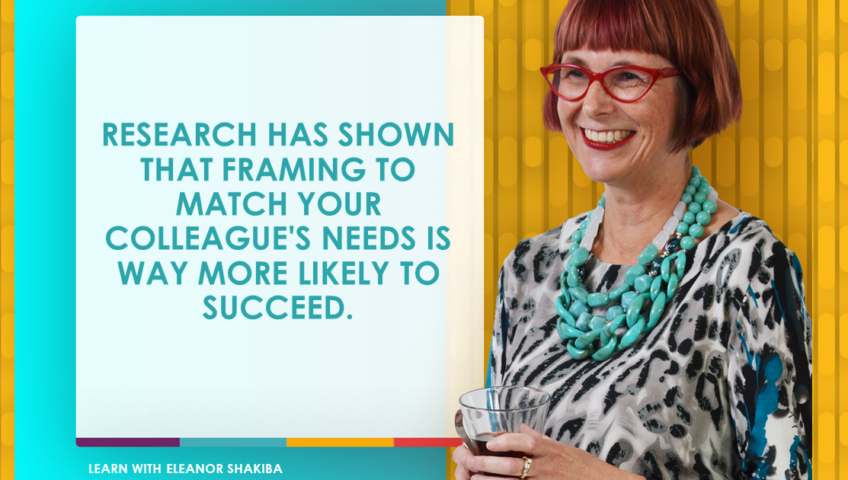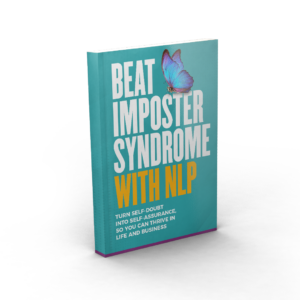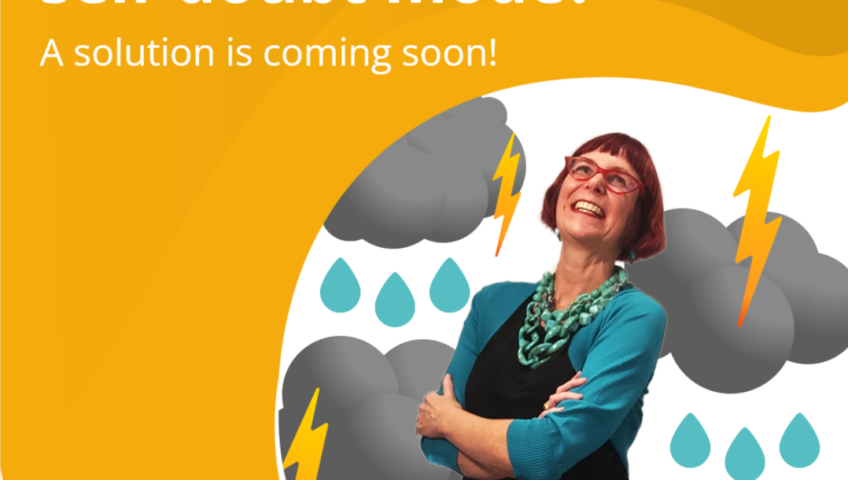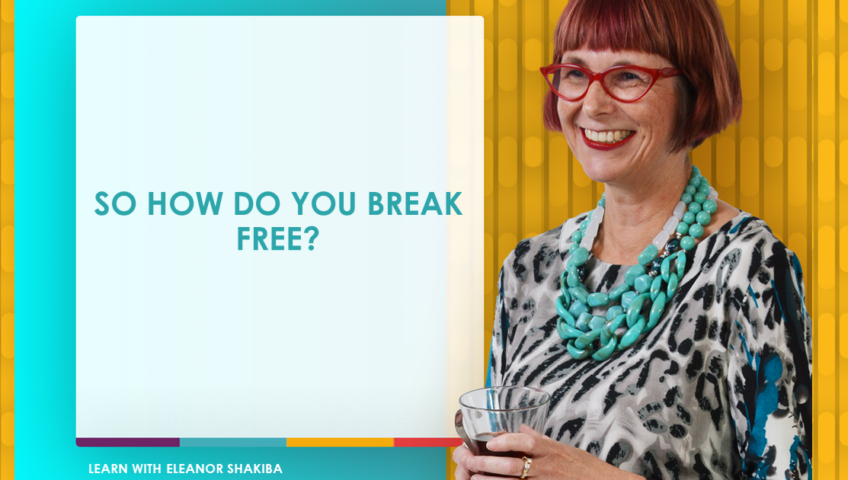What do high-impact communicators do differently to the rest of us? They don’t necessarily speak more often or in greater detail. In fact, many highly influential professionals speak less than the average person. Firstly, they speak with confidence and from a position of strength rather than self-doubt.
Secondly, impactful communicators choose their words carefully. They have mastered the art of verbal framing. This skill involves carefully selecting and arranging your words, so your message becomes easier for listeners to absorb. For example, imagine you’re trying to persuade a colleague to agree to an idea you’re proposing. You could focus on what’s in it for them – highlighting how your proposal will make THEM look good or get ahead. Alternatively, you could explain how the idea will help YOU. Which approach do you think will be most successful?
If you chose the first option, you’re spot on. Research has shown that framing to match your colleague’s needs is way more likely to succeed. Here are three quick tips that will take your framing skills to the next level.
Forget about yourself and focus on them
Persuasive frames directly appeal to your listener’s needs and interests. Take the time to understand what others want and why they want it. Then deliver your message in a way that resonates with them. By doing so, you’ll speak to impress! You’ll also sound more confident because your attention will be turned towards them. That reduces the likelihood you’ll be struck by stage-fright, as you’ll be less likely to ruminate and worry about what might go wrong in the conversation.
Free e-book and video tips.Get your copy today!
|
|
Use concrete, specific language
The more specific your language, the better others will understand and respond to what you’re saying. Instead of saying “This will help our team succeed,” try something like “This will help achieve our target of increasing sales by 10% this month.” Specificity adds weight to your message by fitting it into the listener’s real-life experience.
Speak to connect
As an NLP trainer, I can assure you that words matter. To effectively communicate, you need to speak the other person’s language, not your own. Listen attentively to what others say. Pay close attention to the words they emphasise or use passionately. Then use those words useful. This deepens rapport and also makes your message easier to understand. By matching your conversation partner’s language, you can help your message get through without resistance.
If you want to be more flowing, persuasive and impactful in your communications, remember these three tips. After all, confident communicators don’t just speak with self-assurance, they also know how to frame a message in ways that connect and resonate with others.
This article was created by Eleanor Shakiba
Eleanor is a leadership trainer and success coach. Her mission is inspiring talented people to become leaders who make a difference. Since discovering her passion for training and development, Eleanor has trained more than 60,000 people. She delivers face-to-face workshops for corporates, online masterclasses for leaders and Positive Psychology retreats for trainers, HR practitioners and leaders.











